The traditional Murakami Festival and the Important Intangible Folk Cultural Property "Murakami Festival Float Procession" that you should see now

The most lively day in Murakami city, Niigata prefecture is the Murakami Festival on July 7th. This festival of Nishinaya Haguro Shrine, where 19 beautiful floats parade through the city, is designated as an Important Intangible Folk Cultural Property of Japan and is one of the Japanese festivals you should see now.
-
Table of Contents
- What is the Murakami Festival?
- Characteristics of the Murakami Festival
- Highlights of the Murakami Festival
- Please come to the Murakami Festival in 2025!
- How to get to Murakami City, Niigata Prefecture
- Souvenirs from Murakami City
- Food events you can enjoy during the Murakami Festival
- What to wear and bring during the Murakami Festival
What is the Murakami Festival?
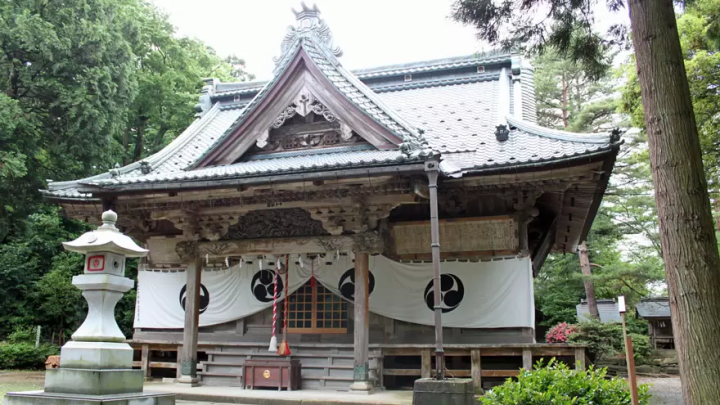
The Murakami Grand Festival is a festival of Senami Haguro Shrine in Haguro Town, Murakami City, and originated in 1633 when Hori Naoyori, the lord of Murakami at the time, moved the shrine to its current location, as he felt it was unrespectable to look down on the shrine from the castle. The Sengu Festival is held on June 7th of the lunar calendar, and it is said that the festival began when townspeople celebrated by parading through the town on large eight-carts beating drums. In the current Gregorian calendar, the evening festival is held on July 6th, and the main festival is held the following day, the 7th.
The Murakami Festival is one of the three major Takamachi (festival) events in Niigata, and attracts many visitors every year. In addition, one of the highlights of the festival, the parade of 19 floats, was designated an Important Intangible Folk Cultural Property of Japan in 2018 as the "Murakami Festival Float Event," and is expected to become even more popular in the future.
Characteristics of the Murakami Festival
The Murakami Festival is a "traveling ritual" in which the divine spirits of Nishinaya Haguro Shrine are transferred to three portable shrines, which are then paraded through the streets of Murakami. In front of the portable shrines are a procession of young children and a leading drummer known as the "sendatsu," 14 wild horses, and behind them are floats (commonly known as oshigiri) from 19 neighborhoods. The floats are gorgeously decorated with dolls known as "norimono," and carvings painted with gold leaf and lacquer. Inside the floats, children play flutes, bells, drums, and other instruments to play the music.
Sakidaiko
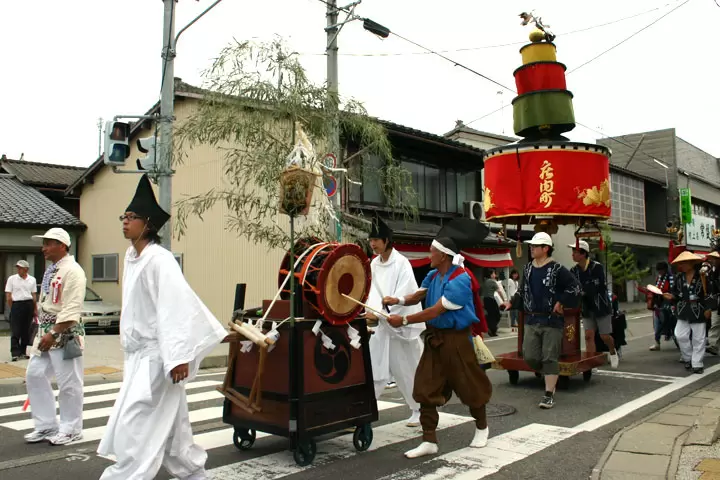
To announce the start of the Murakami Festival, they proceed through the city streets while beating drums at a steady pace.
14 Arauma
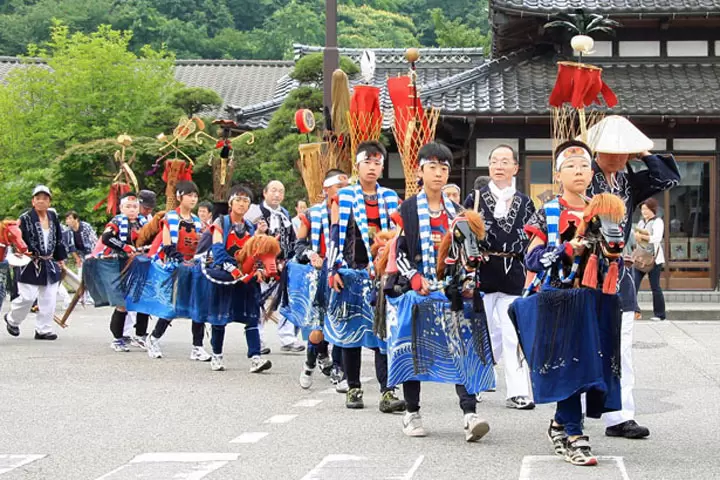
It is a reenactment of the triumphant return of the feudal lord at the time, Honjo Shigenaga, in 1587, bringing with him a divided spirit from Mount Haguro (Yamagata Prefecture), and local elementary school students march in costumes that look like they are riding horses.
Sarutahiko, Shrine Maidens, and Children's Procession
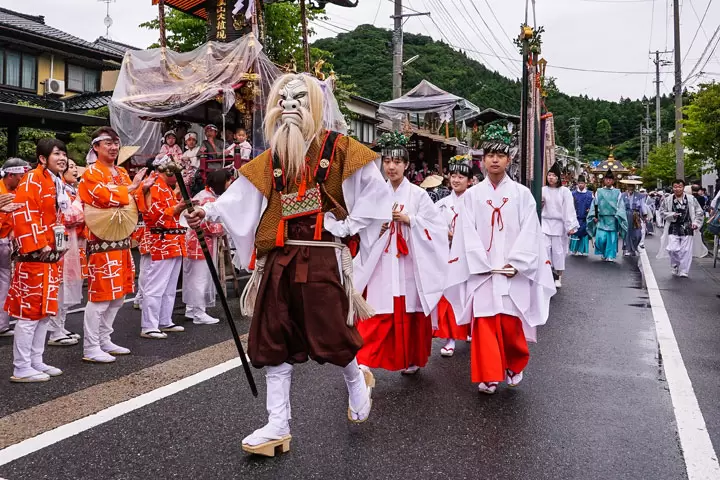
Sarutahiko, the "Great God of Road Opening," along with shrine maidens and young boys, walk in front of the portable shrine carrying the divine spirit.
portable shrine
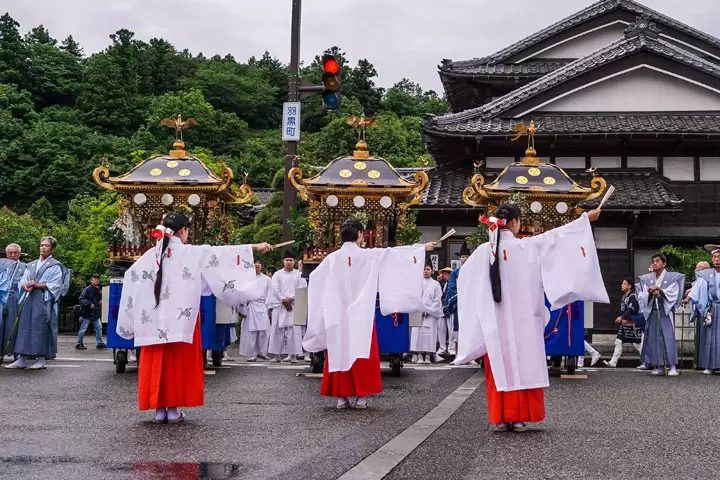
The deities of Nishinaya Haguro Shrine, Natsuhime-no-Mikoto, Uganomitama-no-Mikoto, and Tsukiyomi-no-Mikoto, are enshrined in three portable shrines and paraded around the town.
Food stall parade
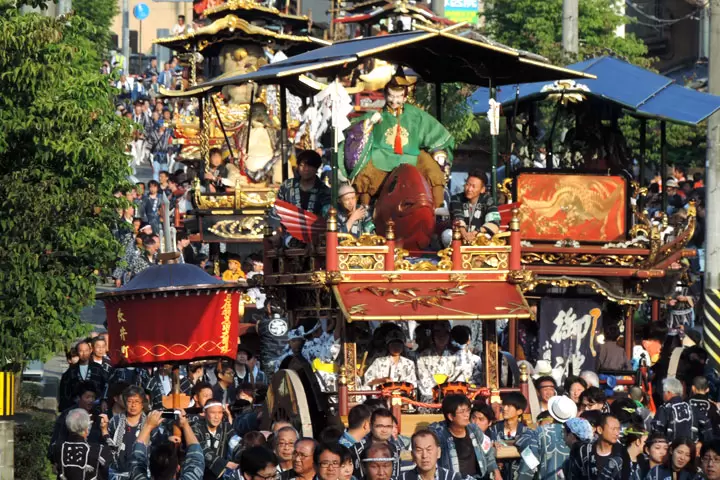
Following behind the guides and the portable shrine is a parade of floats from 19 neighborhoods. There are three types of floats: Shagiri floats, Ohayashi floats, and Niwaka floats, each with its own unique character. Some floats are decorated with large "mountains" such as a large Tengu mask, a chicken riding on a drum, or a Hotei with a changing expression, while others move briskly to the accompaniment of spirited music, making for a spectacular sight.
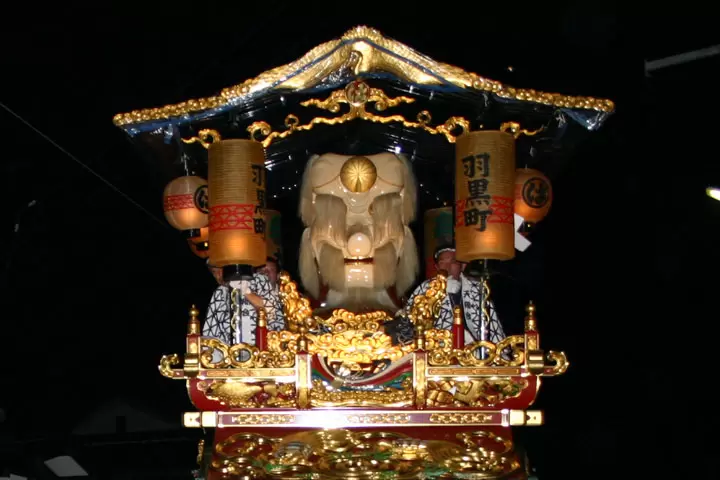


The Murakami Festival float parade was designated an Important Intangible Folk Cultural Property of Japan in 2018 as the "Murakami Festival Float Event." It is also currently a candidate for the extension proposal for UNESCO Intangible Cultural Heritage.
Highlights of the Murakami Festival
The Murakami Festival is held over two days, on July 6th (evening festival) and 7th (main festival). Here are some highlights.
*Times are approximate (may vary depending on the progress of the parade)
Evening Festival

With the main festival just one day away, each neighborhood parades their floats around the town to both unveil them and test them out.
Date and time: Sunday, July 6, 2025, from around 14:00 to the evening *Times vary within each town.
Location: Within each neighborhood
"Slope Climbing" at Komachizaka

At around 2am, just after midnight, the Kubotamachi food stalls rush up Komachizaka in Komachi, Murakami City.
Date and time: Monday, July 7, 2025, 2:30-3:30
Location: Around Komachi and Komachizaka in Murakami City
19 food stalls gather in front of Nishinaya Haguro Shrine

19 floats will line up in front of Nishinaya Haguro Shrine in preparation for the upcoming Mikoshi and Yatai procession.
Date and time: Monday, July 7, 2025, 6:00-8:00
Location: 6-16 Haguro-cho, Murakami City, in front of Nishinaya Haguro Shrine
Food stall parade

The floats depart from Nishinaya Haguro Shrine and begin their procession in order. From Kamimachi to Omachi to Komachi, there are many machiya (traditional wooden houses and shops from Murakami) lined up, making this a great place to take photos.
Date and time: Monday, July 7, 2025, 8:30-11:00
Location: Murakami City Haguro-cho ~ Nagai-cho ~ Kamimachi ~ Omachi ~ Komachi
Return food stall

The Murakami Festival is finally reaching its climax. The lanterns on the floats are lit up, creating a different atmosphere to that of the daytime.
Date and time: Monday, July 7, 2025, 18:30-20:30
Location: Around Sakanamachi, Murakami City
Street stalls


The Murakami Festival is counted among the "Three Great Takamachi Festivals of Niigata" (Takamachi = festival day), and many outdoor stalls are set up. If you come across a stall selling "Poppoyaki" (also called "Joukipan"), which is often sold at festivals in the Kaetsu region of Niigata Prefecture, be sure to buy some and try it. It has a chewy texture and the sweetness of brown sugar.
Date and time: July 6th (Sun) to 8th (Tue), 2025. Opening times vary by stall ...
Location: Sannomachi, Murakami City, around Murakami City Hall
Please come to the Murakami Festival in 2025!

This year's Murakami Festival is expected to be a very lively event, with the evening festival (July 6th) falling on a Sunday. Please come and join us at the Murakami Festival, the most lively event in Murakami City, the northern town of Niigata Prefecture!
How to get to Murakami City, Niigata Prefecture
By plane
There are direct flights to Niigata Airport from major airports in Japan.
● Osaka (Itami/Kansai International) → Niigata Airport ... Approx. 65 minutes ● Nagoya (Komaki/Chubu International) → Niigata Airport ... Approx. 60-65 minutes
*From Tokyo, please use the train (Shinkansen + Inaho Limited Express)
Please take the limousine bus (approximately 25 minutes) from Niigata Airport to JR Niigata Station.
There is also the "Senami Onsen Direct Liner" (reservation required) that connects Niigata Airport to Murakami and Senami Onsen.
By train
Please take the Shinkansen from major cities in Japan to Niigata Prefecture (Niigata City).
●Tokyo Station - [Joetsu Shinkansen] - Niigata Station ... Approximately 2 hours ●Shin-Osaka Station - [Tokaido Shinkansen] - Tokyo Station - [Joetsu Shinkansen] - Niigata Station ... Approximately 4 hours and 30 minutes
Please take the Uetsu Main Line from Niigata City to Murakame City.
●Niigata Station - [Uetsu Main Line] - Murakami Station
[Limited Express Inaho] Approx. 1 hour [Regular train] Approx. 1 hour 30 minutes
How to get around Murakami city
Nishinayama Haguro Shrine is about 2 km from JR Murakami Station, and it takes about 25 minutes on foot, making it a good distance for a stroll. Other transportation options include taxis and rental bicycles.
Souvenirs from Murakami City
Among souvenirs from Murakami City, processed salmon products are especially popular. In addition, sake such as "Shimeharitsuru" and "Taiyomori" are also produced here. Murakami tea, which has little bitterness, is recommended for those who are not used to drinking green tea. As for handicrafts, Murakami woodcarving lacquer chopsticks and accessories are affordable and popular among women.
Food events you can enjoy during the Murakami Festival
*During the Murakami Festival, some stores may have different opening days and hours. Please contact us directly before visiting.
Murakami Donburi Battle 2025 Spring/Summer Edition (4/1-9/30)
You can enjoy "donburi" dishes made with plenty of Murakami beef, the local specialty salmon, and fresh seafood at 28 participating restaurants.
Murakami Wild Rock Oysters 2025 (June 1st to mid-August)
Natural rock oysters from Murakami City are in season in the summer. Please enjoy the large, rich flavor of these natural rock oysters.
What to wear and bring during the Murakami Festival
In Murakami City, Niigata Prefecture, in early July, the temperature rises on clear days and the sun shines brightly. We recommend bringing a parasol or hat. It often rains during the Murakami Festival, so if the weather forecast predicts rain, please bring a folding umbrella and rain gear. If you visit early in the morning or at night, it can get chilly, so it's a good idea to bring a thin jacket or scarf.
Murakami City, located at the northern tip of Niigata Prefecture, has a townscape full of historical atmosphere centered around the ruins of Murakami Castle, as well as the scenic beauty of the Sasagawa Nagare, which boasts a splendid seascape, mountains, rivers, and countryside that bring bountiful blessings, and Senami facing the Sea of Japan. You can spend quality time relaxing in the hot springs while watching the sunset. There are many delicious dishes that can only be tasted in Murakami, such as salmon dishes such as ``salted salmon'', Murakami beef, and Koshihikari rice from Iwafune. We will introduce you to the charms of Murakami, a city of history, tradition, rich nature, and gourmet food.
The contents on this page may partially contain automatic translation.





![[About 3 hours from Tokyo] 5 things to do in Murakami City, Niigata Prefecture](https://resources.matcha-jp.com/resize/720x2000/2023/12/08-155613.webp)














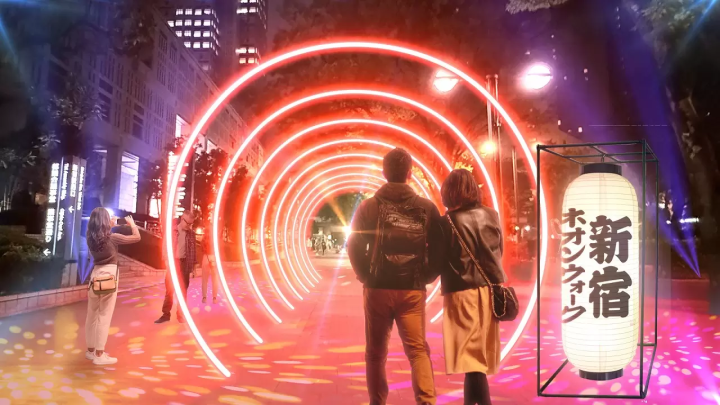
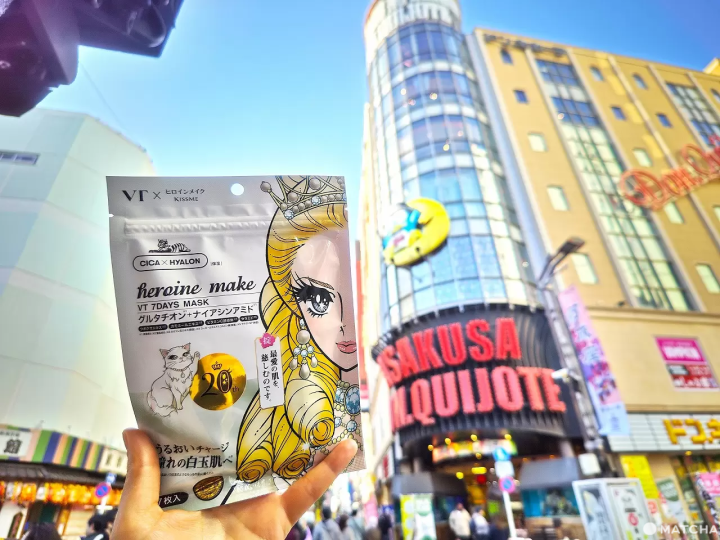
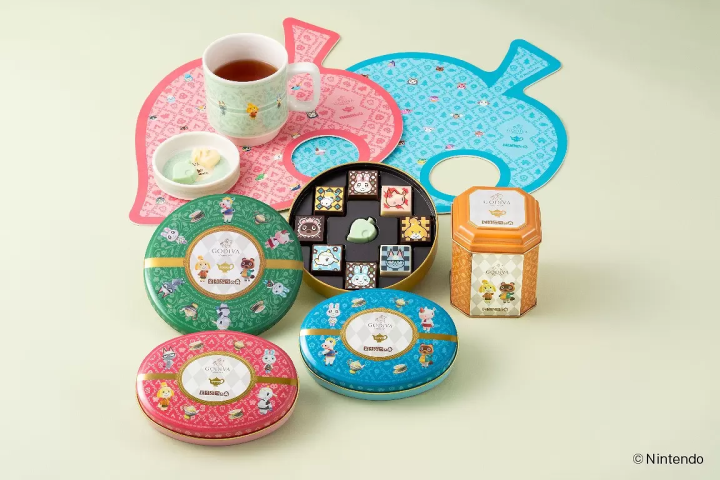
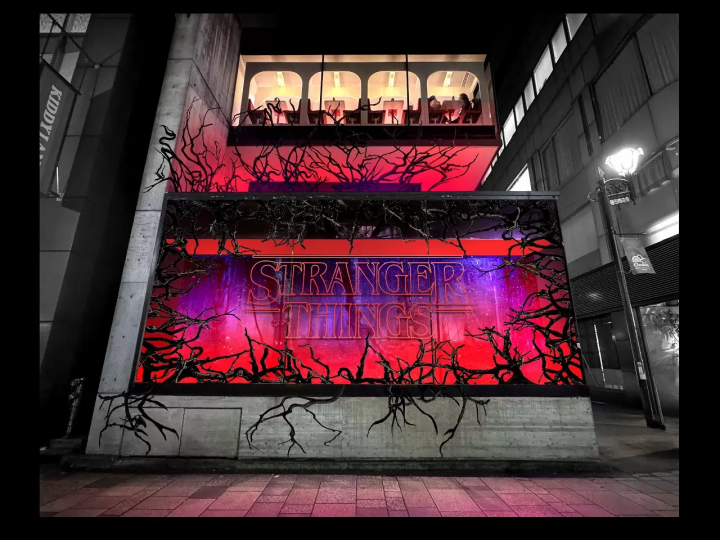
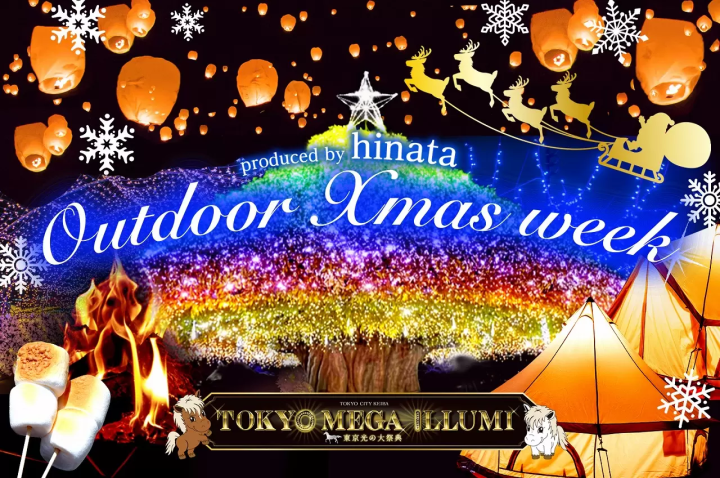
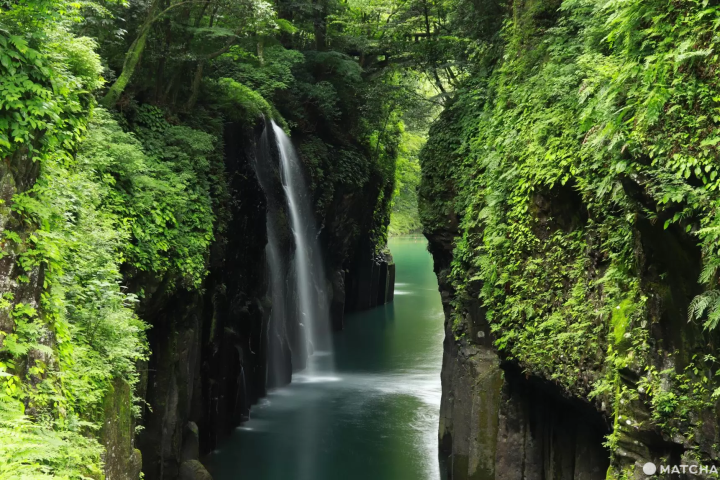




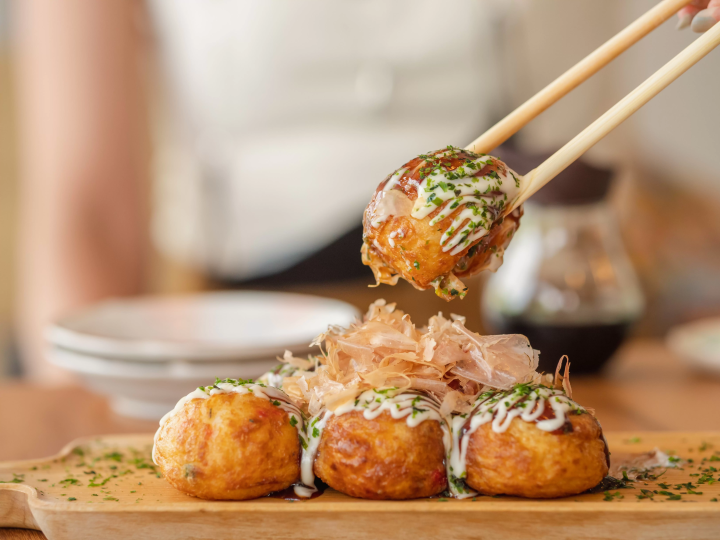
![[2026 Edition] FORMUAL 1 JAPANESE GRAND PRIX Information](https://resources.matcha-jp.com/resize/720x2000/2025/10/05-245984.webp)

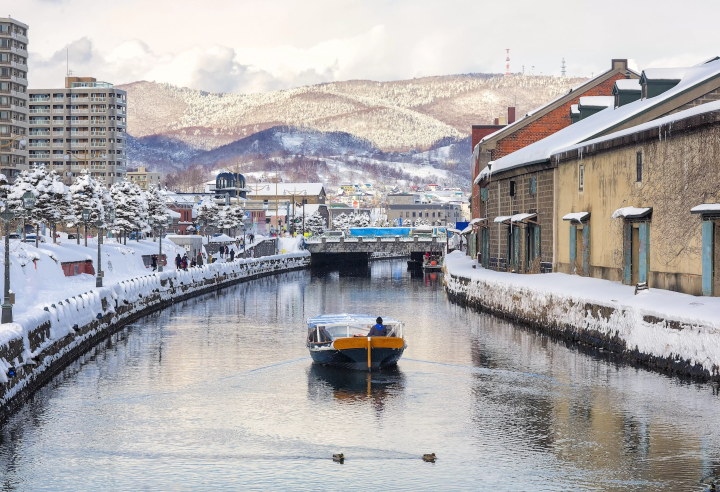
![[2025 Update] Namba's spectacular illuminations! "Namba Hikari Tabi" with approximately 1 million shining lights](https://resources.matcha-jp.com/resize/720x2000/2025/12/12-252825.webp)